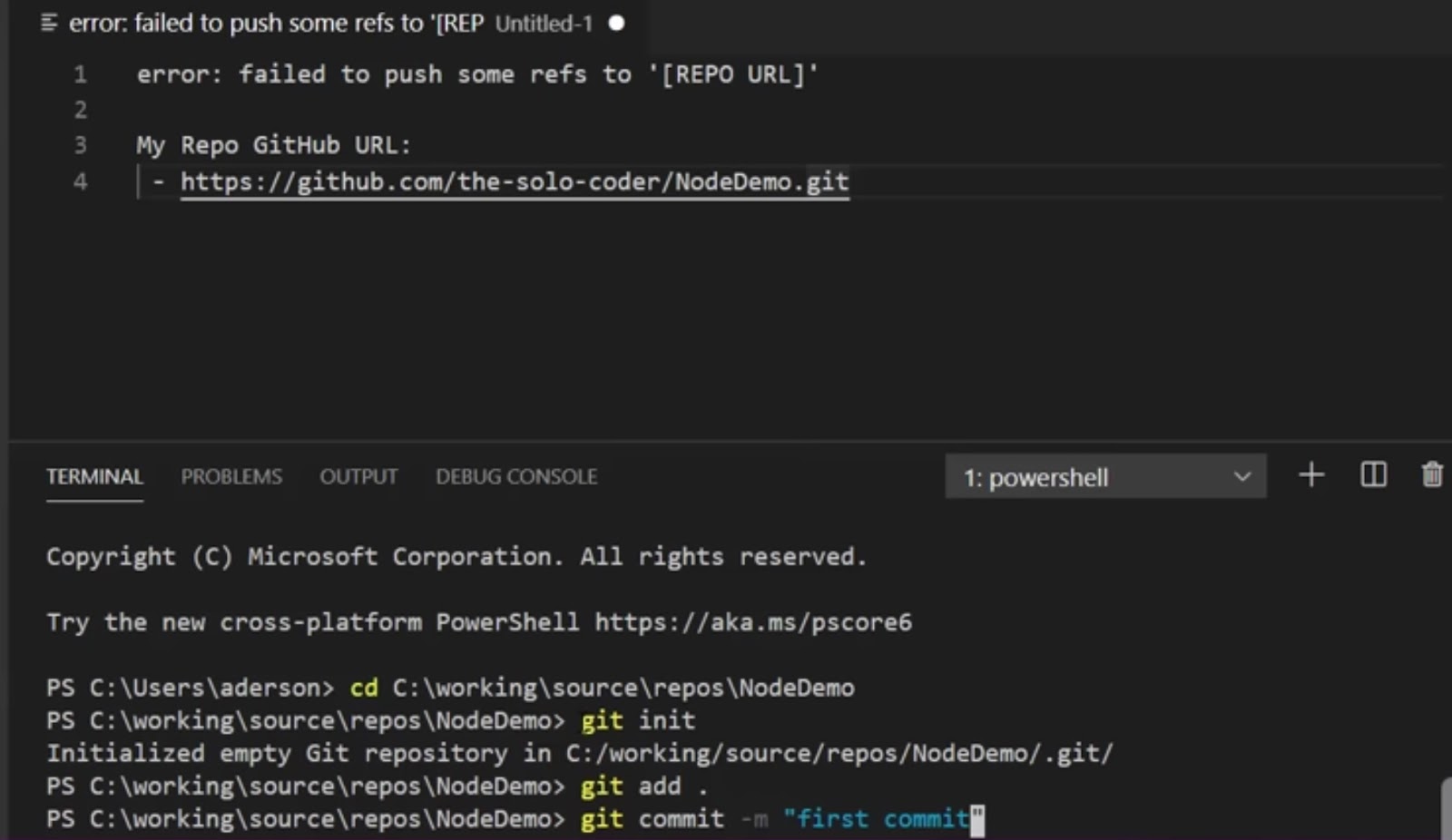Discover how to resolve the “no spring.config.import property has been defined” issue in Spring Cloud Config. Learn the benefits of leveraging spring.config.import and steps to incorporate it into your configuration setup. Encountering this error with Spring Cloud Config Client or Spring Cloud Consul Config indicates a failure to import external properties from a Config Server or Consul. This guide offers a solution with comprehensive, step-by-step instructions.
Understanding How spring.config.import Works
The spring.config.import attribute is pivotal for fetching external configurations from sources like a Spring Cloud Config Server or Consul. By leveraging this attribute, Spring Boot can identify and incorporate externalized configurations efficiently. Unlike other properties that modify application behavior, it specifically facilitates the dynamic importation of configurations from a Config Server or Consul, streamlining configuration management across different deployment environments.
Functionality Contrast with Other Properties
This attribute uniquely facilitates the integration of external configurations from sources like a Config Server or Consul, distinguishing it from other properties that primarily deal with internal adjustments within the application.
Advantages of the spring.config.import Property
The adoption of this attribute enables the efficient and dynamic inclusion of external configurations from sources such as Config Server or Consul. This capability is instrumental in achieving consistent configuration management across diverse operational environments, enhancing the application’s adaptability and scalability.
Incorporating spring.config.import=configserver: into Your Configuration
Incorporating the spring.config.import=configserver: directive into your application necessitates its declaration within the .properties or .yml configuration file. This step instructs Spring Boot to actively seek and integrate external properties from a designated Spring Cloud Config Server, ensuring that your application remains in sync with centralized configuration policies.
Adding spring.config.import=optional: to Your Configuration
The inclusion of the spring.config.import=optional: option within your application’s configuration file, whether .properties or .yml, signals to Spring Boot the permission to selectively integrate external configurations from a Spring Cloud Config Server. This approach offers a more adaptable configuration management strategy, accommodating various deployment scenarios and operational requirements.
Understanding and Addressing Configuration-related Errors
When working with Spring Cloud version 2020.0.2, developers might encounter specific configuration errors. To effectively address these issues, it’s crucial to incorporate the spring.config.import directive in your application’s configuration files. This directive plays a pivotal role in establishing a seamless connection with key configuration management tools such as Config Server or Consul.
Incorporating spring.config.import in Application Configuration Files
To mitigate the configuration error, it’s advisable to add the spring.config.import=configserver: or spring.config.import=optional: entry into your application’s .properties or .yml files. This adjustment aids Spring Boot in identifying and integrating external configurations successfully.
Verifying Configuration Updates with Config Server
Post-modification, ensuring that the Config Server has acknowledged the change is vital. This can be done by visiting http://localhost:8888/a-bootiful-client/default, which provides a snapshot of your application’s imported configurations, thereby confirming the successful update.
Disabling spring.config.import in Test Environments
In scenarios where there’s a need to deactivate the settings, particularly in test environments, this can be achieved by disabling the configuration properties. For instance, using spring.config.enabled=false disables these settings, allowing for controlled testing conditions without external configuration interference.
Spring Config Import Across Tools

The property plays a crucial role in modern Spring Boot applications, offering a streamlined approach to accessing configuration properties from external sources. This feature is integral across several Spring Cloud projects, facilitating enhanced configuration management and flexibility. Let’s delve into how this property is utilized in different contexts.
- Spring Cloud Config Client: The library empowers Spring Boot applications to dynamically access and import configuration properties from an external Config Server. This enables applications to centralize configuration management, simplifying the process of maintaining and updating application settings across various environments without needing to rebuild or redeploy the application;
- Spring Cloud Consul Config: In environments where Consul is used for service discovery and configuration, Spring Cloud Consul Config allows Spring Boot applications to seamlessly fetch and apply external configuration properties from a Consul cluster. This integration ensures that applications can easily adapt to changes in configuration without direct intervention, fostering resilience and flexibility in distributed systems;
- Spring Cloud Zookeeper Config: For applications operating within ecosystems utilizing Zookeeper for coordination and configuration management, the Spring Cloud Zookeeper Config library provides a means to externalize and consume configuration properties stored within a Zookeeper cluster. By specifying the spring.config.import property, applications can dynamically load configuration settings, enhancing modularity and ease of configuration changes.
Through these use cases, the property emerges as a fundamental element in modern application architecture, enabling efficient and flexible configuration management across diverse environments and platforms. By leveraging this property, developers can ensure that their Spring Boot applications remain adaptable and maintainable, regardless of the underlying configuration management tool.
Advanced Techniques with Spring Cloud Config Server
The Config Server provides a robust HTTP resource-based API for managing external application configurations. This innovative API allows applications to access external properties stored on a centralized Config Server, streamlining configuration management across different environments.
Integrating Spring Cloud Config Server within a Spring Boot application is simplified through the use of the @EnableConfigServer annotation. This approach allows for seamless embedding of the Config Server, facilitating easier setup and configuration within Spring Boot projects.
To safeguard sensitive configuration properties, the Config Server supports the encryption of property values using both symmetric and asymmetric methods. This security feature ensures that confidential information remains protected, enhancing the overall security posture of the application.
The role of location strings defined in spring.config.import properties is vital for the effective processing of configuration files. These strings guide Spring Boot on where to locate the externalized configurations, ensuring that the application can accurately access and utilize these external properties.
Spring Cloud Config also extends its capabilities to both server-side and client-side externalized configuration support, accommodating the needs of distributed systems. This dual support allows for efficient management and distribution of configuration properties, promoting consistency and ease of management across different deployment environments.
Enhancing Application Configuration through External Sources

Integrating external configuration sources such as Config Server or Consul into your application is crucial for managing its settings. This is achieved by incorporating the spring.config.import property within your application’s configuration. The inclusion of this property is pivotal for the seamless operation of your application by facilitating access to external properties.
Neglecting the optional: prefix within the spring.config.import property mirrors the behavior of enabling the spring.retry.enabled property. In essence, removing the optional: prefix from the spring.config.import setting triggers the application to behave as if the spring.retry.enabled setting is activated. Consequently, this configuration instructs Spring Boot to make repeated attempts to connect to the Config Server whenever any connectivity issues arise.
The bootstrap.properties file, traditionally a staple for application configuration, is now deactivated by default. Activation of this file necessitates the addition of a new dependency, thus offering developers the flexibility to leverage the bootstrap.properties file for application configuration purposes.
Additional Code Samples for Addressing the “No spring.config.import Property Has Been Defined” Error
To resolve issues stemming from the absence of the spring.config.import property, consider the following code sample that demonstrates how to define this property within your project:
xml
Copy code
<dependency>
<groupId>org.springframework.cloud</groupId>
<artifactId>spring-cloud-starter-bootstrap</artifactId>
</dependency>This code snippet introduces the necessary dependency to enable the bootstrap.properties file, thereby allowing for the effective integration of external configuration sources into your application’s environment.
Conclusion
To address the error message, you can amend it by adding either the spring.config.import=configserver: or spring.config.import=optional: setting to your configuration file. Using the spring.config.import setting enables Spring Boot to dynamically retrieve external properties from a Config Server or Consul. In a distributed system, the Spring Cloud Config Server provides support for externalized configurations for both clients and servers. This capability allows developers to effectively manage configuration properties across various environments, enhancing the ease of application deployment and administration.
FAQs
This error appears when the application is unable to import external properties from a Spring Cloud Config Server or Consul due to the absence of the spring.config.import property.
To integrate this property, you can add the spring.config.import=configserver: or spring.config.import=optional: setting to your application’s .properties or .yml file.
Employing the spring.config.import property allows Spring Boot to seamlessly obtain external properties from either a Config Server or Consul, streamlining the management of configuration properties across different environments.
This property is applied in Spring Boot applications that use libraries such as Spring Cloud Config Client, Spring Cloud Consul Config, and Spring Cloud Zookeeper Config for accessing externalized configuration properties.
The Spring Cloud Config Server delivers an HTTP resource-based API for external configurations, property value encryption, and robust support for externalized configurations on both the client and server sides within distributed systems.
Ensuring the inclusion of the spring.config.import property for connection to Config Server or Consul is vital. Skipping the “optional:” prefix is akin to setting the spring.retry.enabled property to true. To activate the bootstrap.properties file, adding a new dependency is necessary.



